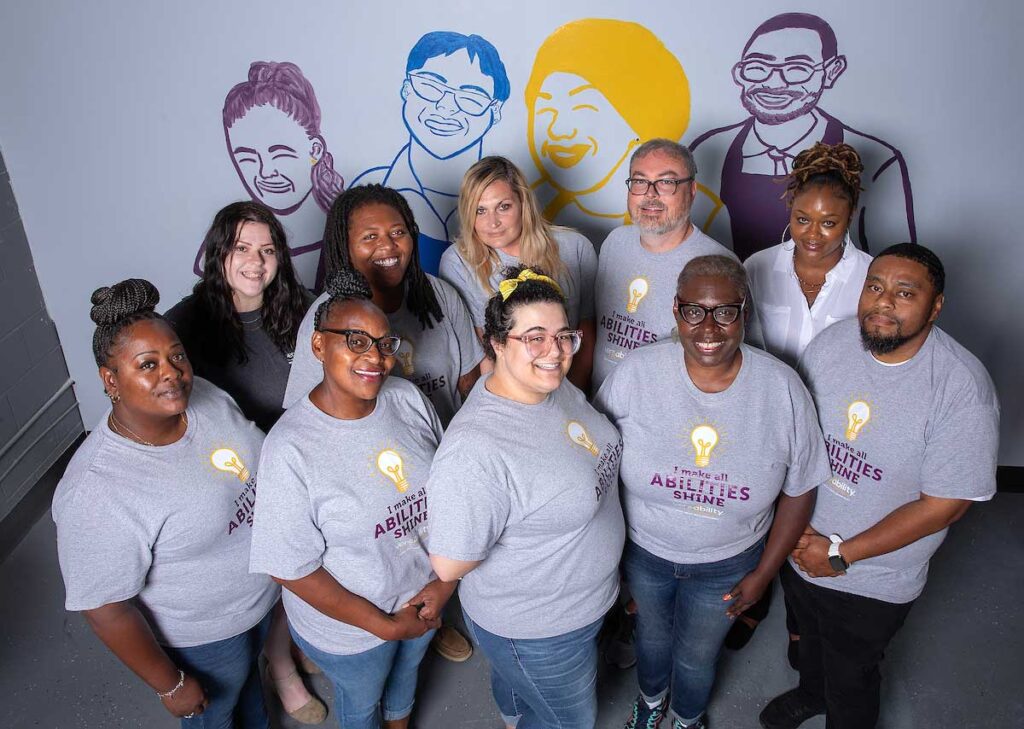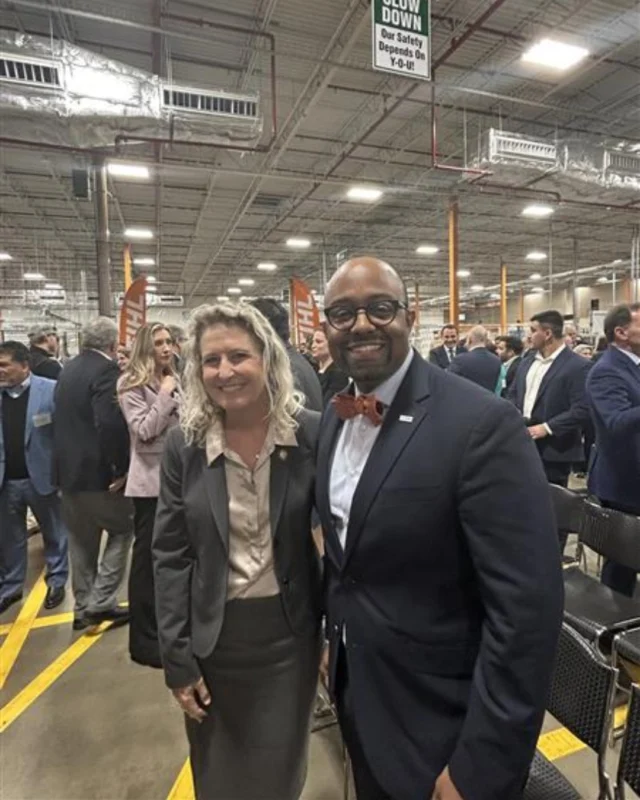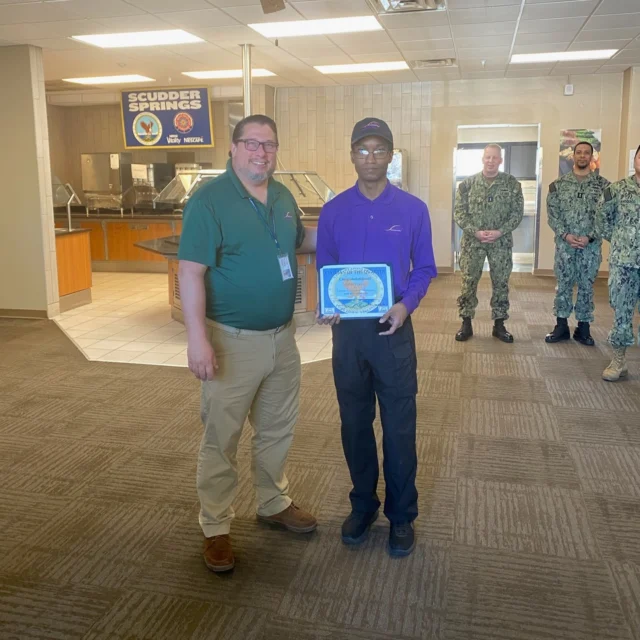
Expand and Strengthen Organizational Capacity and Resilience
Goal 1.
Strengthen Recruiting, Onboarding, and Retention
Strategy 1. Expand and Strengthen Organizational Capacity and Resilience.
Tactic 1: Maintain targeted recruitment strategies focused on diverse talent pools and specific skill sets needed.
Tactic 2: Ensure thorough evaluation of candidates and maintain compliance standards.
Tactic 3: Develop a continuous improvement system to regularly review and refine the talent management plan based on hiring successes and areas for improvement.
Strategy 2. Refine and deliver the new onboarding program.
Tactic 1: Customize onboarding process to better prepare new hires for their new positions.
Tactic 2: Develop a system for continuous feedback to improve the onboarding process.
Strategy 3. Build early engagement and mentoring programs for new hires.
Tactic 1: Establish structured mentorship program that pairs new hires with experienced employees.
Tactic 2: Develop early engagement activities to build cohesion between new hires and experienced employees.
Tactic 3: Establish early hire checkpoints to ensure that new employees are being supported through their integration into the organization. (Year 2)
Strategy 4. Expand internal mobility and pathways for advancement.
Tactic 1: Develop a clear career advancement framework showcasing growth opportunities within the organization.
Tactic 2: Recognize and reward internal promotions, highlighting the value of career progression within the organization.
Strategy 5. Decrease annual attrition rates through higher levels of employee engagement.
Tactic 1: Conduct regular engagement surveys to identify areas for improvement and track progress.
Tactic 2: Expand learning, mentoring, and engagement opportunities to increase retention and advancement.

Goal 2.
Assess professional development and training needs.
Strategy 1. Assess professional development and training needs.
Tactic 1: Conduct skill gap analysis and employee surveys.
Tactic 2: Utilize data from managerial input and performance reviews.
Strategy 2. Implement a comprehensive training program.
Tactic 1: Provide skill-building programs and cross-training opportunities for employees.
Tactic 2: Create leadership development programs to prepare internal talent for advancement.
Strategy 3. Consistently use performance management tools to assess performance, provide coaching, and track achievement of individual development goals.
Tactic 1: Evaluate Engage PEO’s Performance Evaluation System (PES) and ensure consistent implementation and compliance.
Tactic 2: Conduct periodic stay interviews to capture feedback and track progress.
Tactic 3: Provide coaching and support sessions to assist employees in achieving their professional development goals.

Goal 3.
Build Organizational Culture of Resilience
Strategy 1. Succession Planning for Organizational Leadership.
Tactic 1: Identify key positions that require succession plans for sustainability and growth.
Tactic 2: Define technical expertise and human relations competencies required for success in each position.
Tactic 3: Conduct career planning sessions with current leaders and potential successors.
Tactic 4: Implement training and development plans for internal candidates to prepare them for future leadership roles.
Tactic 5: Develop specific recruitment strategies for positions deemed to require external candidates.
Tactic 6: Budget for and implement overlap and training period with successor and incumbent when necessary.
Strategy 2. Invest in cross-training initiatives to increase organizational resilience.
Tactic 1: Identify single points of failure for critical knowledge and operational execution.
Tactic 2: Develop and deliver targeted training to expand knowledge and operational redundancy.
Tactic 3: Make cross-training a criterion for performance reviews for key positions.
Strategy 3. Invest in building individual, team, and organizational resilience.
Tactic 1: Support Inclusion, Diversity, Equity, and Access (IDEA) Advisory Team to elevate focus on diversity in all facets of organization.
Tactic 2: Develop and implement internal communication strategies to more effectively keep employees informed.
Tactic 3: Continuously engage multiple levels of leadership in strategic thinking, planning, and collaborative problem-solving to strengthen team cohesion and organizational sustainability.

Goal 4.
Increase Assets to Strengthen Financial Position
Strategy 1. Increase net free cash flow post Capital Expenditures (CAPEX) by $1.5 million per year.
Tactic 1: Decrease accounts receivable turnover time by actively monitoring and pursuing payments.
Tactic 2: Continuously assess and allocate reserve funds to the most beneficial offerings by financial institutions.
Strategy 2. Decrease or eliminate organizational debt.
Tactic 1: Avoid financing capital purchases when appropriate.

Goal 5.
Increase Fundraising, Business Development and Community Support
Strategy 1. Increase net funds raised and grow donor base.
Tactic 1: Cultivate and steward the top 50 current individual supporters.
Tactic 2: Cultivate and steward the top 50 current corporate donors and sponsors.
Tactic 3: Cultivate individual and corporate prospects to secure additional donors.
Tactic 4: Develop a grant pipeline and submit successful grant applications.
Tactic 5: Balance expenses with strategic investments in capacity to increase net funds raised.
Strategy 2. Increase number of business and government customers who hire people with disabilities or contract with VersAbility to create jobs for people with disabilities.
Tactic 1: Pursue diverse strategies to inform potential customers about the capabilities and added value of hiring people with disabilities.
Tactic 2: Offer employers disability awareness training to promote hiring individuals with disabilities.
Strategy 3. Expand community support for people with disabilities.
Tactic 1: Increase brand awareness and public knowledge of the breadth of VersAbility’s services and capabilities.
Tactic 2: Provide free disability awareness training.
Tactic 3: Increase volunteer opportunities.

Goal 6.
Increase Advocacy to Expand Opportunities for People with Disabilities
Strategy 1. Build organizational capacity to advocate.
Tactic 1: Assess the need to hire a dedicated staff position.
Tactic 2: Form and support a self-advocacy group.
Tactic 3: Engage team members, families, and supporters.
Tactic 4: Train and prepare more team members to be external ambassadors for VersAbility.
Strategy 2. Strategically engage highly-influential policymakers.
Tactic 1: Engage key policymakers after each election cycle.
Tactic 2: Provide briefings for key elected officials and community leaders to increase awareness of VersAbility’s services and capabilities, and advocacy goals.
Tactic 3: Conduct disability policy discussions with leaders before, during, and after legislative sessions to influence critical policies.






